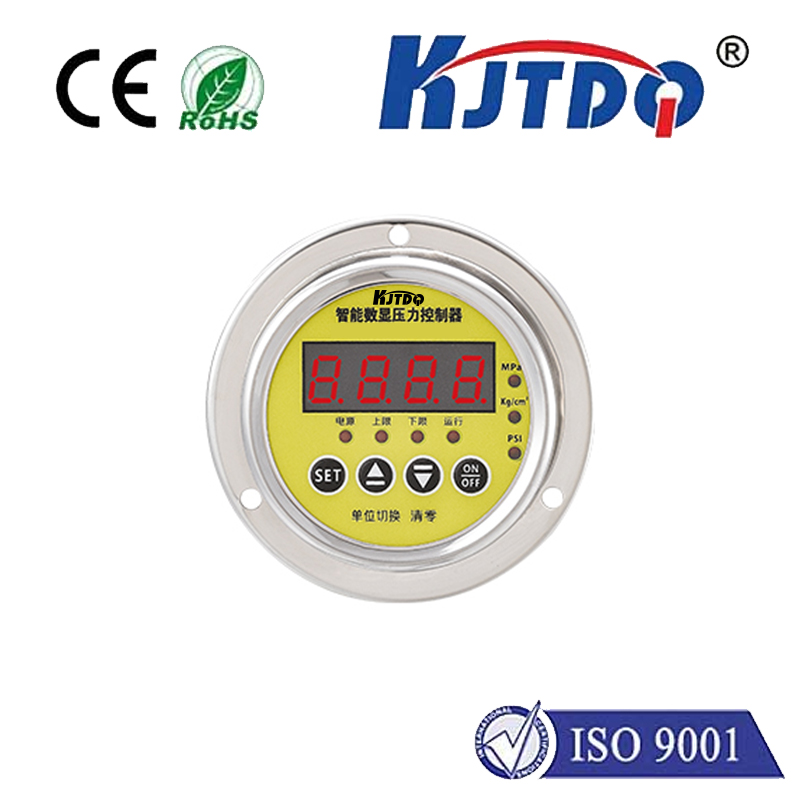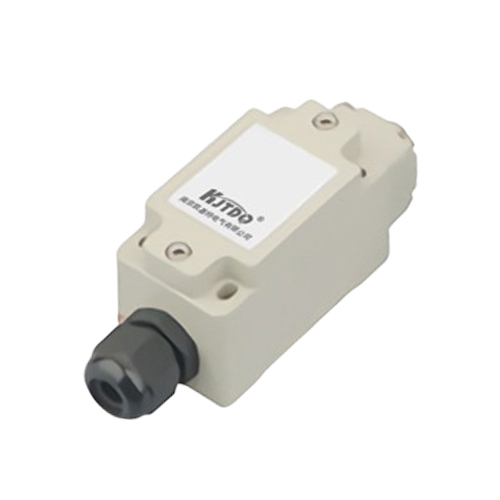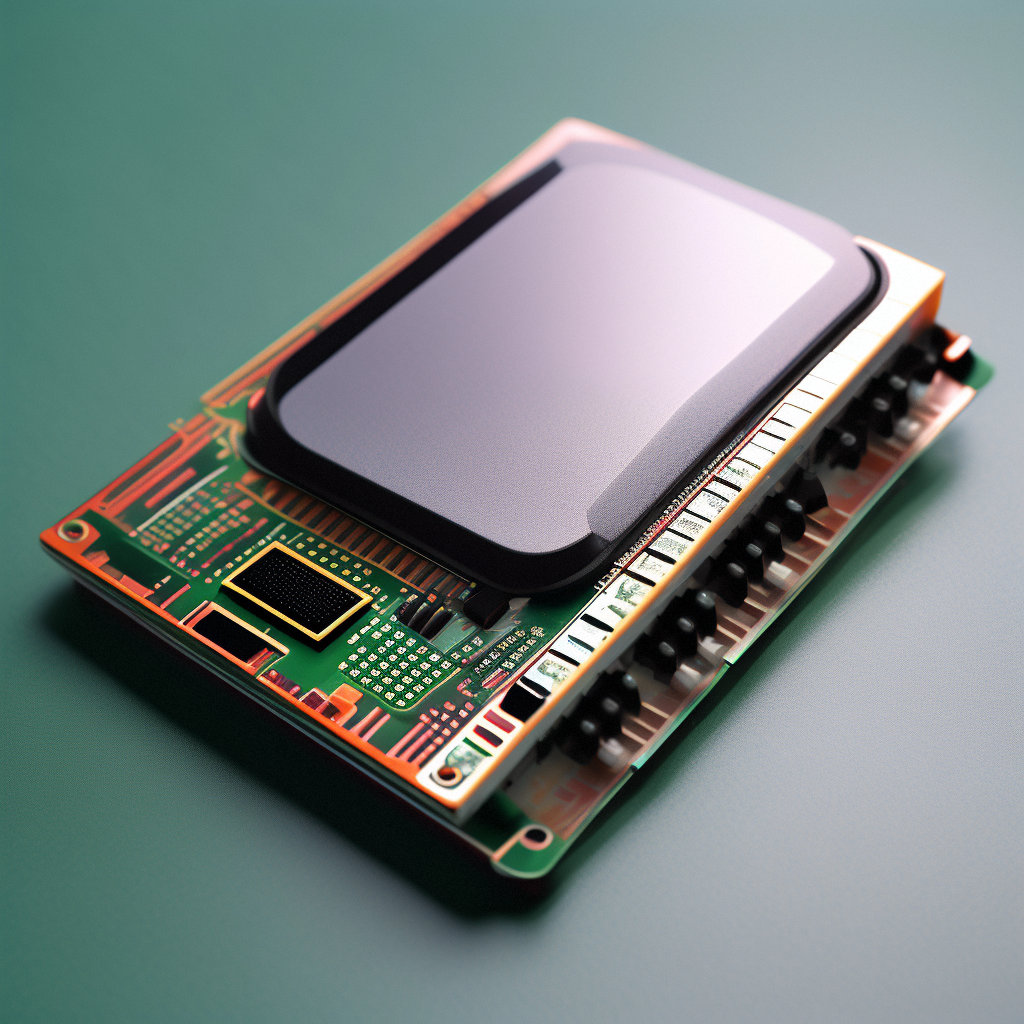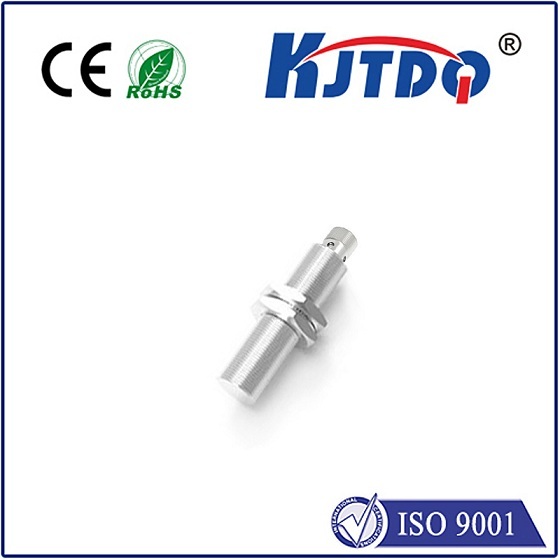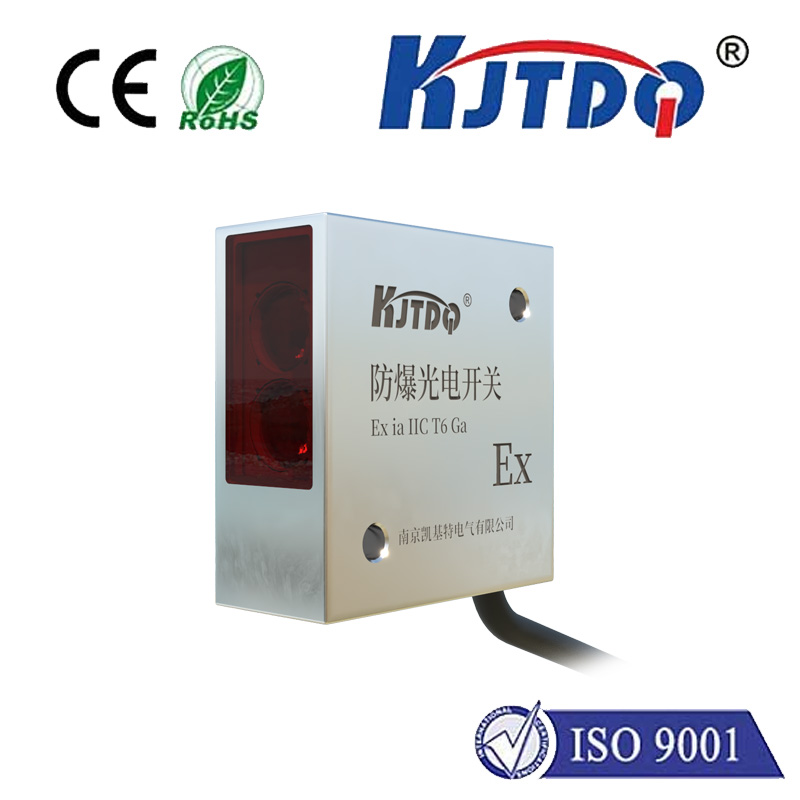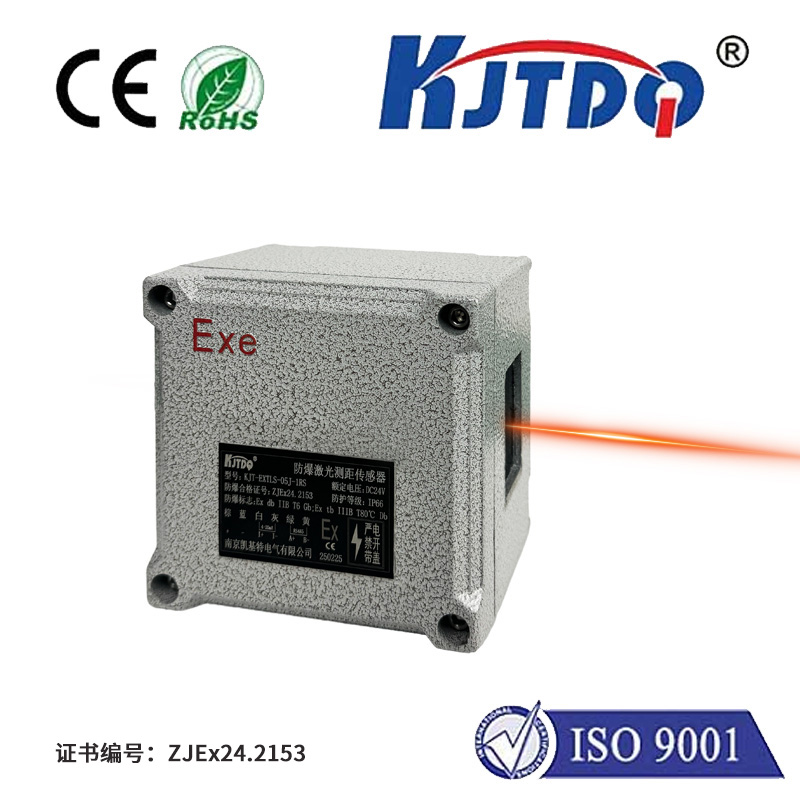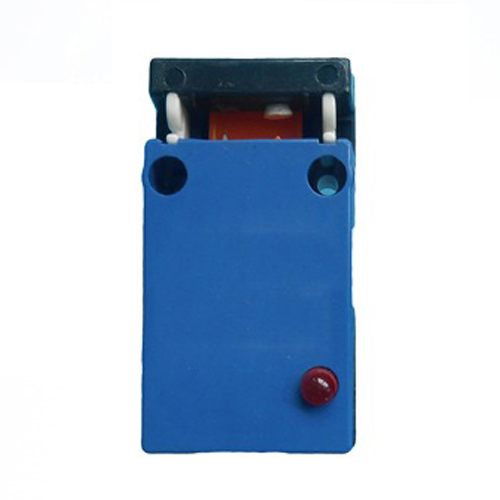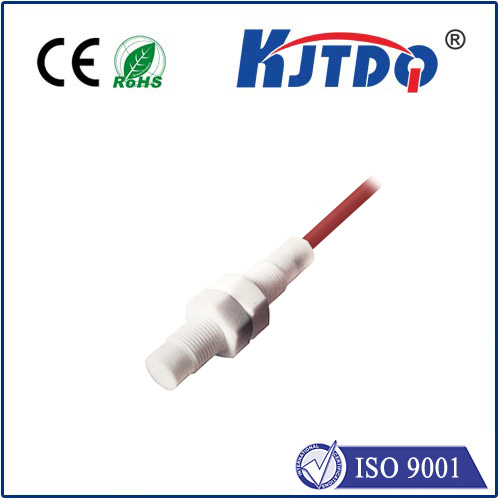

check

check

check

check

check

check

check

check

check

check
Introduction (50 words):
IP proximity sensors have revolutionized the way we interact with technology. These innovative devices offer a wealth of benefits, from increased safety and security to improved efficiency and automation. In this article, we will explore the many applications of IP proximity sensors and delve into their unique advantages.
Body Paragraph 1: Safety and Security
IP proximity sensors are commonly used in industries such as manufacturing, logistics, and healthcare for safety and security purposes. These sensors can detect when an individual or object has entered a designated area, triggering an alarm or alerting workers to potential hazards. They can also be used to monitor the movements of patients or visitors, ensuring their safe passage through facilities.
Body Paragraph 2: Improved Efficiency and Automation
IP proximity sensors can greatly enhance the efficiency of various processes by providing real-time data on machine performance and maintenance needs. For example, in the automotive industry, these sensors can be used to monitor vehicle speed and fuel consumption, helping to optimize driving patterns and reduce waste. In manufacturing, they can be used to track inventory levels and prevent overstocking or stockouts. Additionally, IP proximity sensors can be integrated into automated systems, such as robots and drones, enabling them to operate more efficiently and effectively.
Body Paragraph 3: Enhanced User Experience
IP proximity sensors can also provide users with enhanced experiences in various applications. For instance, hotel rooms may use these sensors to automatically adjust room lighting and temperature based on guest preferences and activity levels. In retail settings, they can be used to trigger personalized product recommendations based on a customer's previous purchases or browsing history. Furthermore, IP proximity sensors can be used in public spaces to enhance accessibility for individuals with disabilities or special needs.
Conclusion (70 words):
IP proximity sensors have tremendous potential to transform various industries by improving safety and security, enhancing efficiency and automation, and delivering personalized user experiences. As technology continues to advance, we can expect to see even more innovative applications of these devices in the future.
